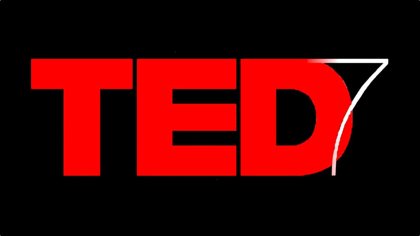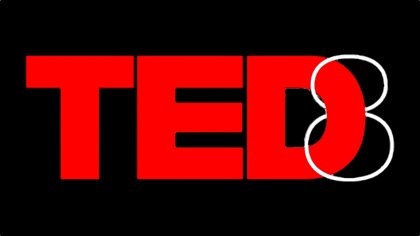TED2
The second TED Conference, 22-25 Feb 1990
TED Conferences was conceived in 1984 with an observation about the nature of late 20th Century communications: Three primary communications-driven businesses/professional areas in our society were emerging, merging and evolving together in ways undreamed of just a few short years before. These three core disciplines all facilita TED the development of new ways of seeing and learning. New ways of transforming information and conveying ideas. New ways of understanding our environment, our society and our selves. TED stands for the triad of these subject areas (Technology, Entertainment and Design) that were reshaping the context of our world when these conferences began and which continue to do so today.
–Richard Saul Wurman, 1998 /via
TED2 videos have survived as laserdiscs. This explains the strange double layout image format.
Part 1
- Harry Marks
- Richard Saul Wurman
- DLVT
- John Sculley (Apple): From Multimedia to Interactive Media
- presenting the Knowledge Navigator
- Marty Sklar & the Walt Disney Imagineers featuring Mickey’s Ten Commandments
- Know Your Audience
- Wear Your Guest’s Shoes
- Organize the Flow – Of People and Ideas
- Avoid Overload – Create “Turn-Ons”
- Communicate with Visual Literacy
- Tell One Story At A Time
- Avoid Contradiction – Maintain Identity
- “Ounce of Treatment – Ton of Treat”
- Keep it Up
- Create a “Wienie”
- John Naisbitt
- Patricia Aburdene
- Kenny & Alme Rankin
- Ted West on Smart Yellow Pages
Part 2
- Jaron Lanier on Understanding Virtual Reality
- Scott Fisher presents more VR cases
- VPL Virtual Reality and NASA VEW VR Demos /the top left frame
- Bran Ferren on what we all do
- Takenobu Igarashi
- Artist Videos
- Frank Gehry (architect): My days as a young rebel
- Nancye Green on exhibition design
Part 3
- Ted Nelson
- Douglas Adams
- Herbie Hancock
- Bob Stein – Mona Lisa, Beethoven’s 9th
- Robert Able & Alan – interactive Guernica, poetry, Ulysses
Part 4
- Alan Kay (Project Vivarium)
- Alan Kay at TED1, 1984
- Alan Kay Media Center
- Bill Atkinson
- Nigel Holmes – dataviz
- Peter Bradford: Cosmic Comics – a graphical language
- Laurie Anderson
- Payson Stevens – How to communicate global warming to have an effect on politicians?
- Rick Smolan (Time, Life, and National Geographic photographer) – Day in the Life book series
- Jeffrey Rona & Rick Smolan on instruments that surprise us – MIDI
References
- Best of TED2 /uploaded at Remotely Controlled
à propos
- TED1 | TED2 | TED7 | TED8 | TEDxHamburg 2010
- mprove insights
- Hyperkult HyperArchiv
- Raum Schiff Erde Mediathek
Feedback – please leave a message
 hci.social/@mprove or
hci.social/@mprove or  norden.social/@chronohh
norden.social/@chronohh
 mprove@acm.org
mprove@acm.org
- More channels

